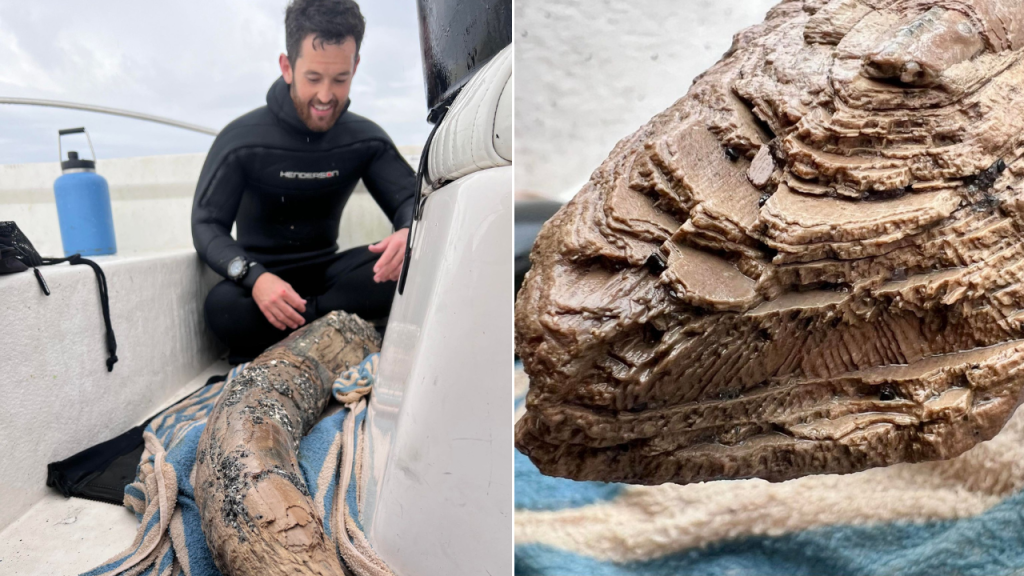A Florida man recently discovered a mastodon tusk while diving off the coast of Manasota Key, located south of Tampa. The relic, found in April, has not been dated but could be millions of years old. The man, who has been scuba diving for 12 years and hunting for fossils since childhood, explained that finding such a well-preserved tusk is a rare occurrence in Florida, where tusks are usually delicate and crumbling. American Mastodons went extinct around 10,500 years ago and are different from mammoths, despite sharing a common ancestor with mammoths and elephants. Mastodons could grow up to 10 feet tall and lived in North and Central America.
According to the National Park Service (NPS), mastodons have been around for millions of years, while mammoths arrived in North America later during the Pleistocene ice ages. Both species coexisted in many places, but all North America’s proboscideans went extinct around 10,500 years ago. The discovery of the mastodon tusk highlights the importance of fossil hunting and preservation. Fossil hunters are advised to obtain a permit when finding prehistoric objects, with Florida issuing permits for just five dollars each. Lundberg, the man who found the tusk, encourages aspiring fossil hunters to explore and keep their eyes open for such treasures, as ancient fossils can be found all over the state.
The mastodon tusk will likely be kept by Lundberg unless experts determine it to be of scientific importance, in which case he would donate it to the Florida Museum of Natural History. Reporting the find at the end of the year is mandatory, but the likelihood of donation seems low. The discovery serves as a reminder of the rich prehistoric history of Florida and the importance of preserving such artifacts for future research and education. Despite the rarity of finding such a large and well-preserved tusk, it highlights the potential for more discoveries waiting to be made in the state’s waters. The Florida Museum of Natural History was contacted for comment on the find but was unavailable for response at the time of publication.
Overall, the discovery of the mastodon tusk provides insight into the ancient history of North and Central America, where massive creatures like mastodons once roamed the land. The significance of preserving fossils and artifacts for scientific study and education is underscored by this find, prompting a greater appreciation for the natural history of the region. Lundberg’s experience as a dedicated fossil hunter and scuba diver showcases the thrill of making such rare discoveries and the importance of following proper procedures when finding prehistoric objects. The potential for more exciting finds in Florida’s waters and lands serves as a reminder of the endless possibilities for uncovering ancient treasures in the Sunshine State.


